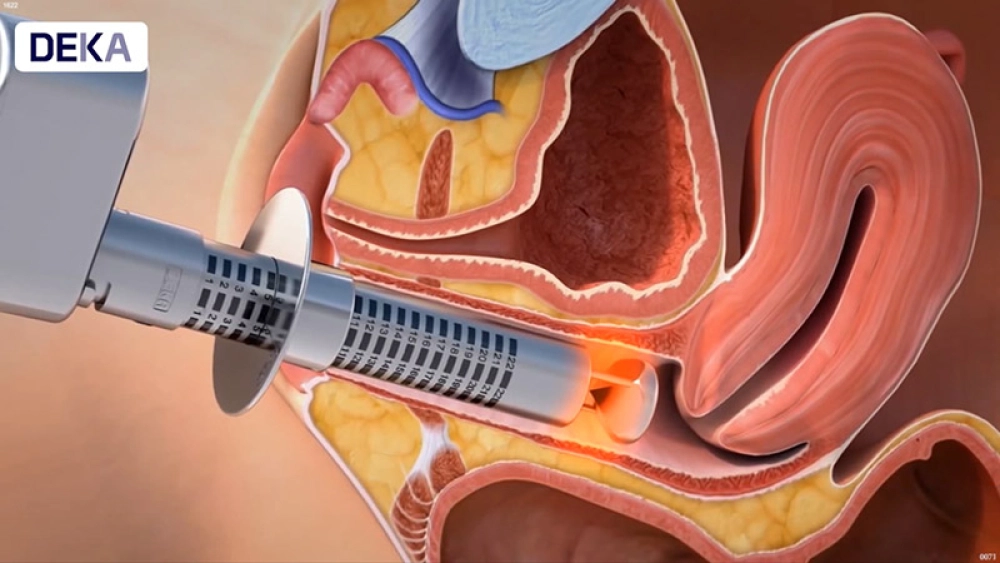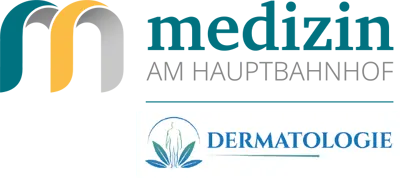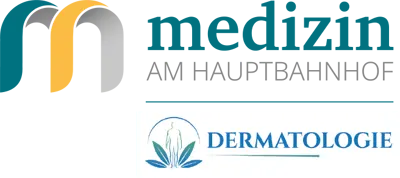 Vaginal Tightening and Incontinence Treatment
Vaginal Tightening and Incontinence Treatment
The female intimate area is often considered a taboo topic, yet it is so vital. Questions regarding the aesthetics of the inner and outer labia and intimate health are shaped by very personal attitudes and sensitivities.
© DEKA Lasers
-
What topics does intimate health cover?
-
How can symptoms and conditions best be categorized, and what treatment options are available?
-
Which laser is used at 'Medizin am Hauptbahnhof'?
-
Why is the combination of CO2 and IR lasers superior to other options?
-
Why choose MonaLisa Glide with us?
-
Why consult a dermatologist instead of a gynecologist?
-
Why is MonaLisa Glide the best choice?
-
Is laser treatment painful or associated with side effects?
-
Is special aftercare required post-treatment? Are there any downtimes?
-
When is treatment not possible?
-
How can I schedule a treatment?
-
How many sessions will I need?
-
How much does a session cost?
-
I recently gave birth—am I eligible for treatment?
-
What are the benefits of this treatment?
What topics does intimate health cover?
We address issues such as stress incontinence, dyspareunia (pain during intercourse), loss of sexual pleasure, reduced orgasmic ability, vaginal dryness, vaginal laxity, prolapse, and decreased vaginal elasticity. These concerns can affect women of any age. However, childbirth, genetic predisposition, and natural aging often lead to a higher occurrence of one or more of these issues in combination.
Additionally, lichen sclerosus (also known as kraurosis vulvae or vulvar dystrophy) is considered a rheumatological condition that can affect the intimate area.
How can symptoms and conditions be categorized, and what treatment options are available?
1. Genitourinary Syndrome of Menopause (GSM)
Symptoms: Dryness, burning, itching, and pain during intercourse are common complaints after menopause.
Other options: Hormone replacement therapy or creams may provide short-term relief but often do not offer lasting improvement.
Advantages of laser treatment: Laser therapy promotes deep tissue regeneration, increases moisture production, and significantly reduces discomfort.
2. Stress Incontinence
Symptoms: Light urine leakage during coughing, sneezing, or physical exertion.
Other options: Pelvic floor training, vaginal pessaries, or surgical interventions.
Advantages of laser treatment: The thermal effect of the laser strengthens vaginal walls, providing long-term relief from incontinence.
3. Vulvo-Vaginal Laxity
Symptoms: Tissue laxity, often occurring after childbirth or with age, which can affect self-confidence.
Other options: Vaginal tightening through surgery or muscle training.
Advantages of laser treatment: Tissue and collagen stimulation through laser treatment leads to noticeable tightening—without incisions or long recovery times.
4. Lichen Sclerosus
Symptoms: Chronic itching, pain, and inflammation in the intimate area, which can lead to scarring.
Other options: Creams and ointments to manage symptoms.
Advantages of laser treatment: The stimulating effects of laser therapy improve tissue structure and can alleviate symptoms long-term, without the side effects associated with prolonged cortisone use.
Other indications include birth injuries such as episiotomy scars and postpartum pain. Laser therapy can begin six months postpartum. Chronic anal itching (pruritus) is another indication for fractional CO2 lasers, which also improve the vaginal microbiome according to studies.
Which laser is used at 'Medizin am Hauptbahnhof'?
Our MonaLisa Glide Laser System combines the proven CO2 wavelength with the deep-reaching 1,540 nm IR wavelength. This unique combination allows for more intensive and comprehensive treatment of intimate complaints. While many clinics and practices only use CO2 lasers, our Vienna-based clinic utilizes MonaLisa GLIDE for optimal and faster results.
Why is the combination of CO2 and IR lasers superior to other options?
There are many options on the market, with Erbium and CO2 lasers being the most common. However, Erbium lasers often fail to generate sufficient heat in deeper layers for effective collagen stimulation. In contrast, CO2 laser systems excel due to their superior thermal capabilities.
CO2 Laser (10,600 nm): Ideal for surface rejuvenation, this wavelength creates immediate tissue tightening and promotes cell turnover. It addresses surface-level issues effectively.
IR Laser (1,540 nm): This wavelength penetrates deeper into tissue, offering intensive thermal stimulation that enhances collagen production in deeper layers. It also improves blood circulation, accelerating natural regeneration and reducing treatment time.
Why MonaLisa Glide with us?
Our treatment offers a safe and effective solution for those seeking lasting results without significant downtime. Dr. Christina Spiegelfeld, a specialist in intimate medicine, uses DEKA’s latest laser technology, ensuring a therapy that stands out from conventional methods.
New: Here you can see a video of the procedure
Why consult a dermatologist instead of a gynecologist?
 The key lies in the availability and experience with laser systems. At our center, we use a wide range of lasers daily, paired with Dr. Spiegelfeld’s expertise in intimate medicine, offering unparalleled benefits to our patients.
The key lies in the availability and experience with laser systems. At our center, we use a wide range of lasers daily, paired with Dr. Spiegelfeld’s expertise in intimate medicine, offering unparalleled benefits to our patients.
Why is MonaLisa Glide the best choice?
MonaLisa Glide provides results beyond conventional CO2 lasers. Its deeper penetration ensures intense regeneration and stronger results.
Is laser treatment painful or associated with side effects?
The laser treatment may cause mild discomfort or warmth during and shortly after the session. Rarely, side effects such as vaginal bleeding or minimal redness occur.
Is special aftercare required? Are there any downtimes?
Special aftercare may depend on the condition being treated. Most patients can resume daily activities the following day. Avoid intercourse, swimming, and baths for just one day.
When is treatment not possible?
Treatment cannot proceed if there are genital or rectal tumors or during active vaginal infections.
How many sessions will I need?
While many patients report improvement after the first session, 3–5 sessions are typically recommended. Maintenance therapy may be needed after a year, depending on symptoms.
How much does a session cost?
Each session costs EUR 600, a package for three sessions is EUR 1.500. In cases of lichen sclerosus, treatment often only involves the affected tissue (external genitalia), with costs amounting to 300 euros. An initial consultation, priced at EUR 150, is required at our Vienna practice.
How can I schedule a treatment?
Book a “General Dermatology” appointment with Dr. Christina Spiegelfeld. Bring any relevant medical records. During the consultation, we will explain the treatment and aftercare in detail. We also recommend involving your gynecologist in the decision-making process.
I recently gave birth—am I eligible for treatment?
Many women choose MonaLisa Glide treatments postpartum to support recovery. Laser therapy promotes faster healing after childbirth. We’ll discuss your options in detail during your consultation.
What are the benefits of this treatment?
Laser treatments improve intimate health by:
- Enhancing bladder support.
- Boosting blood circulation.
- Tightening the vaginal wall.
- Increasing elasticity.
- Improving tissue quality.
- Enhancing moisture levels.
- Stimulating new collagen and elastin production.
As a result, recovery post-birth is accelerated, intercourse becomes more enjoyable, and the natural aging process is slowed.




